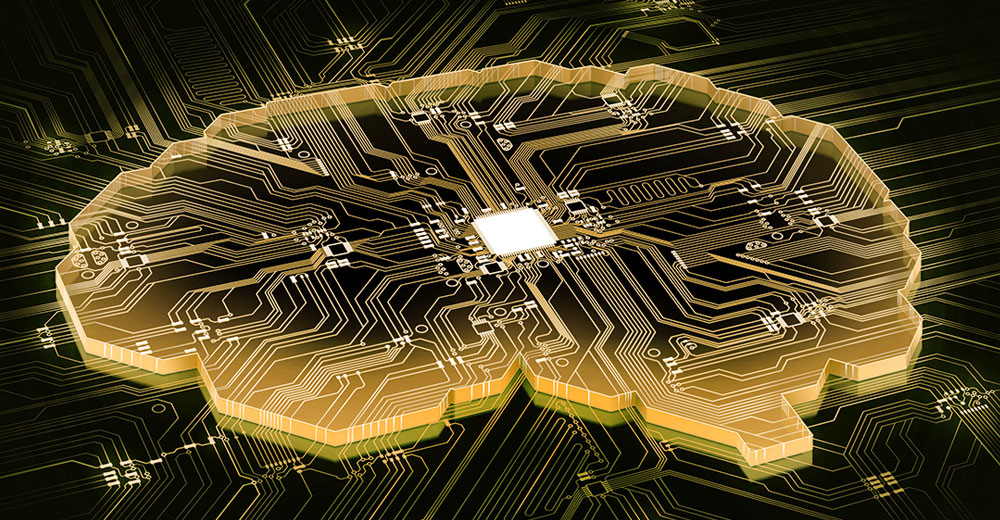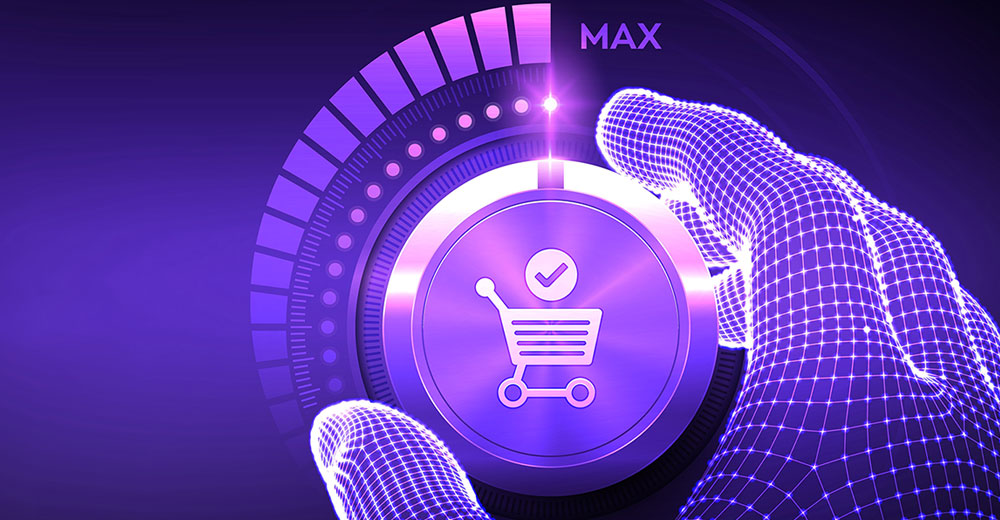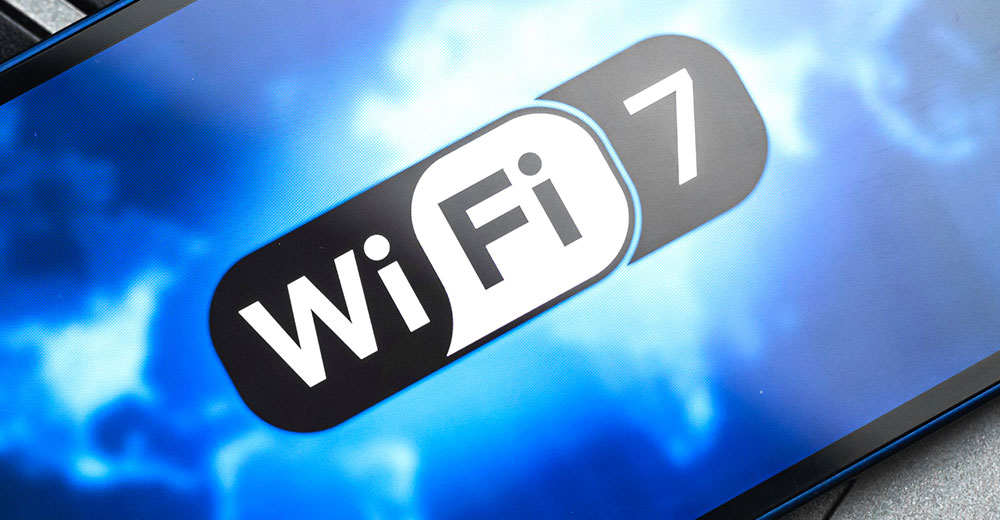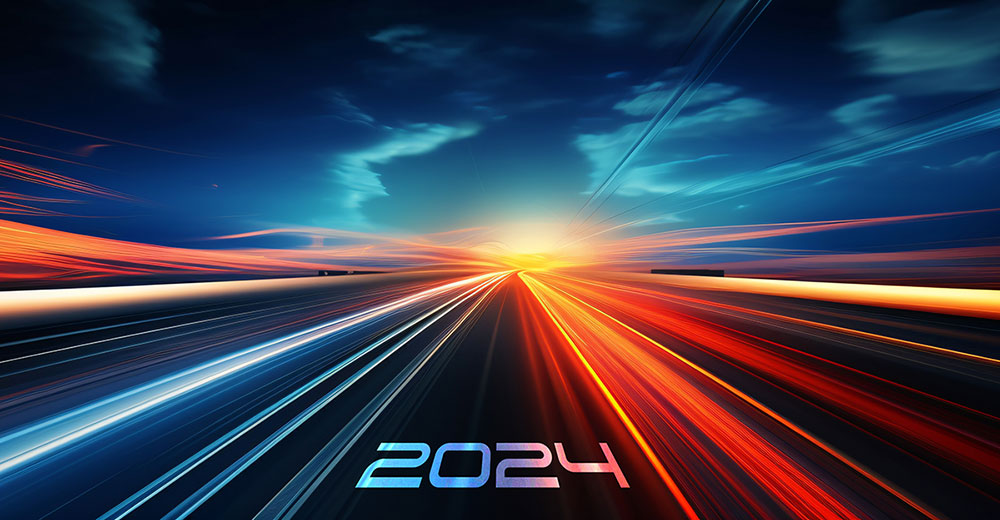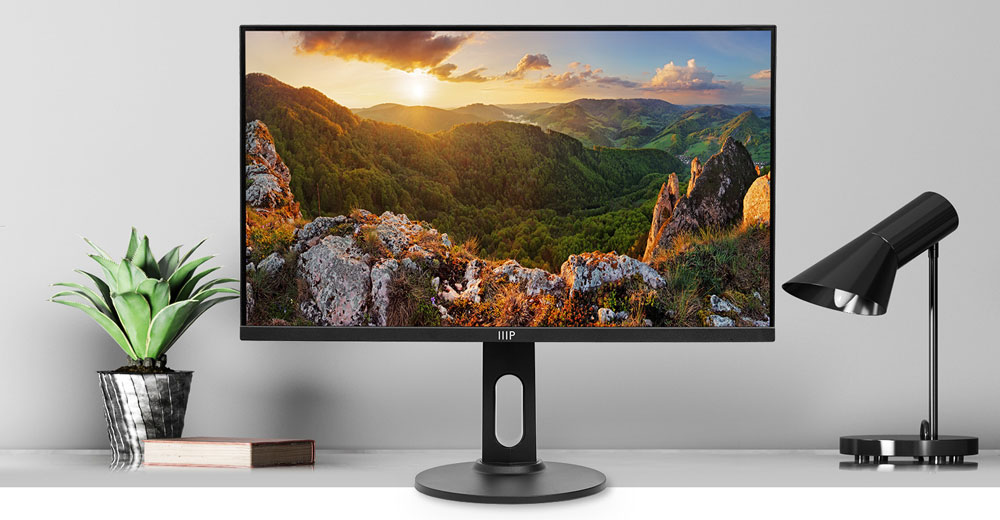Qualcomm last week announced its Snapdragon 8 Gen 2 processor. The significant improvement is enhanced AI that will operate behind the scenes to improve the user experience significantly on phones due to launch in a few weeks.
This AI implementation should significantly improve most functions, from how well the modem works to optimize both voice and data connections to improvements in image capture, viewing, and overall power efficiency.
In short, the next generation of Snapdragon 8 premium smartphones should significantly outperform any prior generation and any phone that doesn’t use Qualcomm technology (like, say, oh, iPhones).
Let’s talk about how AI will increasingly improve your smartphone experience, then close with my product of the week, an AMD-based business notebook from HP that may be the new ideal in size and capability for performance-oriented mobile workers.
Qualcomm’s Coming AI Disruption
The 2020s are likely to be known as the decade of AI. Much of where artificial intelligence is deployed today is in outward-focused applications for sales and marketing. The AI we deal with most, like that from Google and Apple, are currently not truly AI but speech front-ends to existing internet search engines.
This is why the experiences anticipated by the promise of Siri-like interactions on our phones have fallen short of expectations. But much like AI in the rest of the tech industry is evolving, so is the AI capability in our smartphones, and Qualcomm’s Snapdragon 8 Gen 2 solution is a significant AI boost.
Performance and battery life will benefit initially from this AI improvement, both of which received criticism in the first generation of Snapdragon 8.
For graphics performance, AI can be used to allow real-time upsampling, resulting in better images for things like videos and games, with lower processing overhead, up to 25% faster GPU performance, up to 4.35 times faster AI performance (depending on the use case), and much more efficient power use for improved battery life.
Now let’s move to feature improvements which are also significant.
Network, Camera, Sound
Networking improvements include a move to Wi-Fi 7, the latest Wi-Fi technology, providing far quicker data rates and potentially greater ranges. However, testing will need to wait on the availability of Wi-Fi 7 routers which will be coming to the market shortly.
AI improvements in the camera include more accurate facial and object recognition coupled with a sharp increase in processor-centric features like background blue, which has become popular for video calls since the pandemic (since not all of us keep our offices neat enough to share).
Expect the AI camera features to better provide for automated picture editing, making the resulting image far more professional looking and all the objects in the frame clearer. The new camera capability should include 8K HDR video encoding, coming just in time for the ramp to 8K TVs and monitors due in 2023 and, hopefully, much-reduced prices from what we have today.
For most of us, this will simply be premature obsolescence protection, assuring that when we finally get an 8K display, we’ll have something we can show on it.
Improved image segmentation will enable the camera to better capture or block elements at different depths in the picture, allowing the AI to apply custom lighting and contrast to these elements to make everything you want to see pop out of the image and more easily allow you to remove anything you want out of the picture, like your cousin photobombing you.
Listen for sound to be significantly enhanced with a level of active noise cancellation that goes well beyond what many of us have experienced. In demos, turning this feature on seems to remove all external noise except for the speaker’s voice which is critical to those of us either filming or doing video conference calls in noisy environments. This technology potentially applies to both smartphones and laptops.
The Future Blend of Smartphones and Laptops
Most features showcased with Qualcomm’s Snapdragon 8 Gen 2 processor will also be available on laptops. With Microsoft pivoting to remove the emulation requirement from Arm processors, the performance jump on laptops based on this part should be significantly higher than it would be if just for the new processor.
This opens the door to the potential of a new hybrid product that allows one device to bridge the needs with accessories for both laptop and smartphone use cases, creating a unique advantage for this improved Qualcomm technology.
Longer battery life, more performance, and vastly improved video conferencing capability that could exceed x86-based systems would go a long way toward turning Qualcomm-based PCs from niche products to mainstream offerings.
In addition, the ever-tighter integration of smartphone and laptop use cases could eventually result in a blended solution that obsolesces both existing platforms and creates something new that is potentially more capable, less expensive, and less complex than supporting what today are very different offerings.
Wrapping Up: Our AI Future
AI applied to our personal technology promises far better pictures and sound automatic, advanced, and more easily used security features like biometrics, improved network and system performance, far longer battery life, and longer-lasting batteries.
However, this is only the beginning of the AI revolution, as coming changes will edit your video image in real time to ensure you look your best in pictures, movies, and especially video calls, and allow your devices to solve real-world problems better — like real-time foreign language translation.
With improvements in head-mounted displays, mixed reality technologies, and the coming metaverse revolution, we are just at the tip of this iceberg that the new Snapdragon 8 Gen 2 solution anticipates. As amazing as it is, the best is yet to come.

HP EliteBook 865 G9
There was a time when Intel and AMD notebooks were sharply differentiated on price and performance. Intel-based systems performed better, particularly with regard to battery life in laptops, but they cost more. AMD notebooks performed nearly as well but took a big battery life hit and cost less. Those days are essentially over, as showcased by this latest HP EliteBook 865 G9.
This is an AMD-based, high-performing notebook with decent battery life and one of the first with USB 4, which is, in terms of performance, in line with Intel’s Thunderbolt technology. As you would expect, a product with performance that potentially exceeds Intel with a large screen and total security will be pricey, so expect a price of around $2,000 when fully configured. The entry price is closer to $1,500 depending on available specials at the time of purchase.
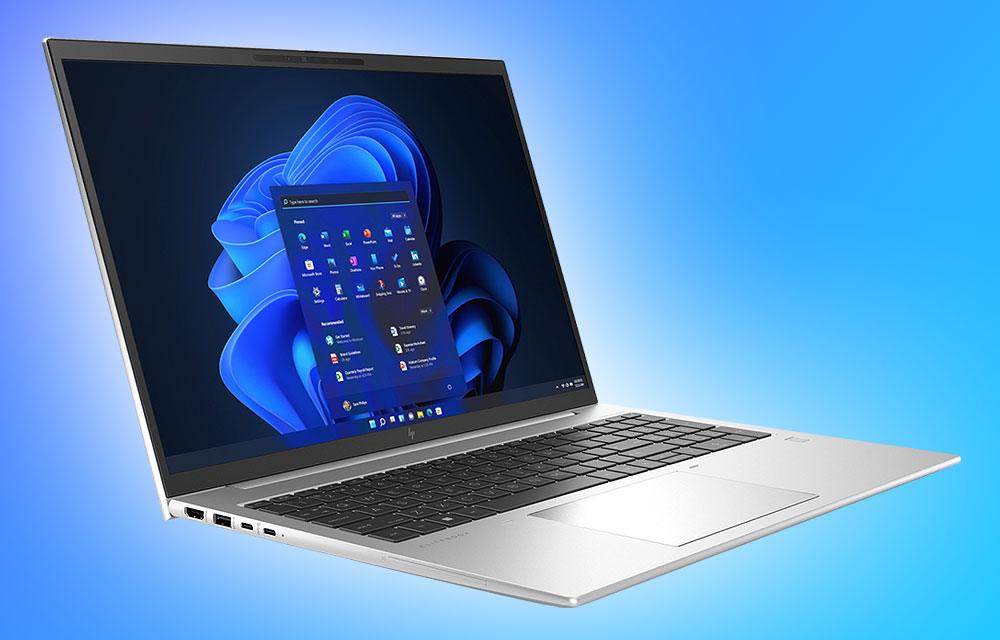
HP EliteBook 865 G9 Notebook PC | Image Credit: HP
The 16-inch display works well on a coach seat on a plane for movies and is likely the largest display you can reasonably use when in coach, though not comfortably unless you have an extended legroom seat. The keyboard is just too close otherwise.
HP EliteBook 865 G9 also comes with LTE-A pro if you want WAN network capability on top of its Wi-Fi 6E capability. It has integrated AMD Radeon graphics, so it is no gaming box, but it plays the game I mostly live on just fine, and streamed or downloaded movies and TV shows are amazing, which is what I used it for most when traveling on a plane.
Battery life is an impressive 20-plus hours for video playback, with the only downside being the display, which is an adequate IPS panel but would have been better with a 4K OLED option that wasn’t available this round.
Finally, with HP’s leading Wolf Security package, which is critically important in this ever less-safe digital world, the HP EliteBook 865 G9 is a near-perfect offering for the road warrior who also wants a decent-size screen — and it is my product of the week.

